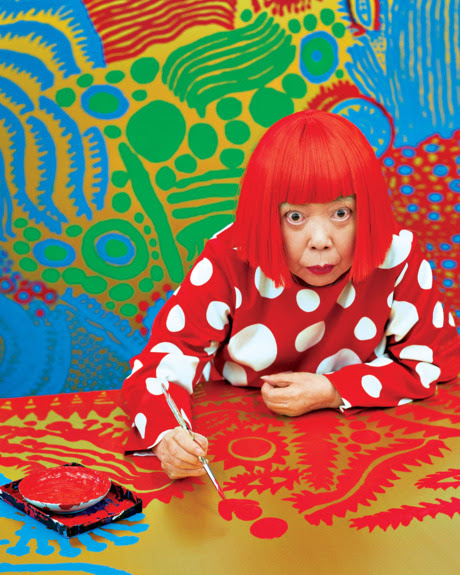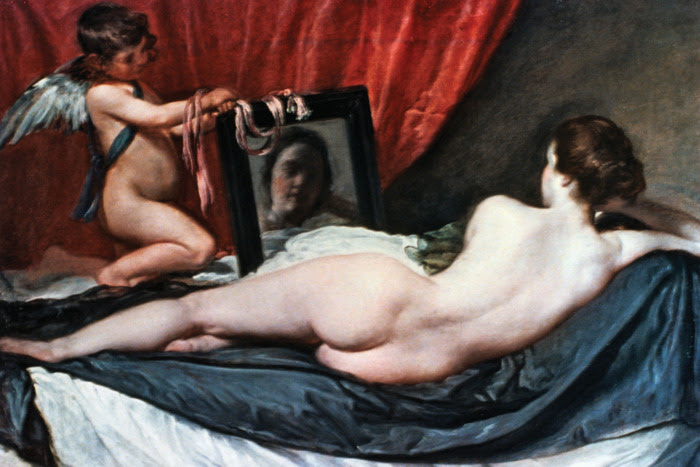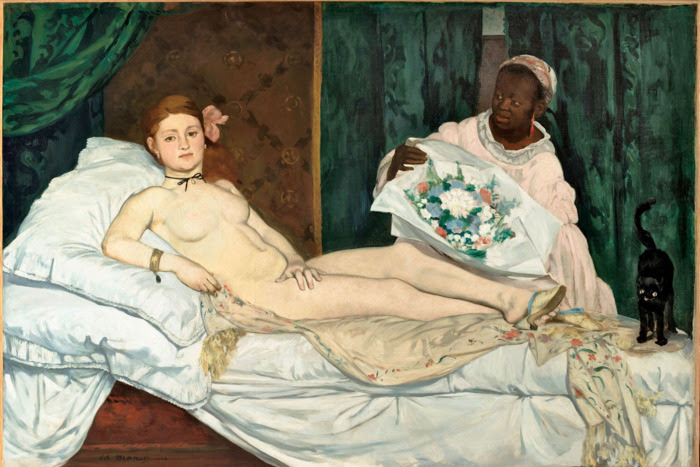Lesson 20: Accept That You Will Likely Be Poor
Even though all we see of the art world these days are astronomical prices, glitz, glamour, and junkie-like behavior, remember that only one percent of one percent of one percent of all artists become rich off their artwork. You may feel overlooked, underrecognized, and underpaid. Too bad. Stop feeling sorry for yourself; that’s not why you’re doing this.
Lesson 21: Define Success
But be careful. Typical answers are money, happiness, freedom, “doing what I want,” having a community of artists, having people see what I do.
But … if you marry a rich person and have lots of money, would you be satisfied with just the money? Also, Subway sells a lot of sandwiches, but that doesn’t make them good.
What about being “happy”? Don’t be silly! A lot of successful people are unhappy. And a lot of happy people aren’t successful. I’m “successful,” and I’m confused, terrified, insecure, and foul all the time. Success and happiness live on different sides of the tracks.
Do you want the real definition of success? The best definition of success is time — the time to do your work.
How will you make time if you don’t have money? You will work full time for a long time. You will be depressed because of this for a long time — resentful, frustrated, envious. I’m sorry, that’s the way it is.
But you’re a sneaky, resourceful artist! Soon you figure out a way to work only four days a week; you start to be a little less depressed. But then on Sunday night, you’re depressed again, back on your ride-to-nowhere job that’s still taking up too much of your time.
But you are really sneaky and resourceful; this is a life-and-death matter to you. Eventually — and this comes for fully 80 percent of the artists I have ever known — you scam a way to work an only-three-days-a-week job.You may work in a gallery; for an artist or a museum; as a teacher, an art critic, an art handler, a bookkeeper, a proofreader, whatever.
Now you aren’t depressed anymore: You have time to make your work and hang out more; you are now the first measure of successful. Now get to work. Or quit being an artist.
Lesson 22: It Takes Only a Few People to Make a Career
Exactly how many? Let’s count.
Dealers? You need only one dealer — someone who believes in you, supports you emotionally, pays you promptly, doesn’t play too many mind games; who’ll be honest with you about your crappy or great art, who does as much as possible to spread your work out there and try to make money from it, too. This dealer doesn’t have to be in New York.
Collectors? You need only five or six collectors who will buy your work from time to time and over the years, who really get what you’re up to, who are willing to go through the ups and downs, who don’t say, “Make them like this.” Each of these six collectors might talk to six other collectors about your work. Even if you have only six collectors, that’s enough for you to make enough money to have enough time to make your work.
Critics? It would be nice to have two or as many as three critics who seem to get what you’re doing. It would be best if these critics were of your generation, not geezers like me.
Curators? It would be nice to have one or two curators of your generation or a little older who would put you in shows from time to time.
That’s it! Twelve people. Surely your crappy art can fake out 12 stupid people! I’ve seen it done with only three or four supporters. I’ve seen it done with one!
In 1957, gallery owner Leo Castelli discovered Jasper Johns while visiting Robert Rauschenberg’s studio. Castelli immediately offered Johns his first solo show. It was there that Alfred Barr, the founding director of New York’s Museum of Modern Art, purchased three works. Additional works were bought by Philip Johnson and Burton and Emily Hall Tremaine. Before the show even went up, executive editor Thomas Hess put a Johns on the cover of ARTnews.
In 1993, Elizabeth Peyton’s New York breakthrough was staged by dealer Gavin Brown in Room 828 of the Chelsea Hotel. Visitors asked for the key to the room at the front desk. They went upstairs, unlocked the door, and entered a small studio apartment facing 23rd Street. There they saw 21 small-to-medium-size black-and-white charcoal-and-ink drawings of dandies, Napoleon, Queen Elizabeth II, Ludwig II, and others. Any of the works could have been stolen; none were. Since then, Peyton has had museum shows all over the world; her works sell for close to a million dollars. According to the hotel ledger, only 38 people saw the show after the opening. It doesn’t take much.
I can’t sugarcoat this next part: Some people are better connected than others. They get to 12 faster. The art world is full of these privileged people. You can hate them. I do. It is unfair and unjust and still in operation around women and artists of color especially, not to mention artists over 40. This needs to change and be changed. By all of us.
Lesson 23: Learn to Write
When it comes to artist statements, Keep it simple, stupid.
Don’t use art jargon; write in your own voice, write how you talk. Don’t try to write smart. Keep your statement direct, clear, to the point. Don’t oppose big concepts like “nature” and “culture.” Don’t use words like interrogate, reconceptualize, deconstruct, symbolize, transcendental, mystical, commodity culture, liminal space, or haptic. Don’t quote Foucault, Deleuze, Derrida. Those guys are great. But don’t quote them. Come up with your own theory. People who claim to hate or have no theory: That’s your theory, you idiots!
Important things are hard to write about. That’s the way it is. Deal with it. And if it’s pretentious to say, don’t say it.
Exercise: Artist’s Statement
Write a simple 100-to-150-word statement about your work; give it to someone who doesn’t know your work. Have them tell you what they think your work looks like. Note the differences.
Two Tips:
(A) Don’t make writing a big deal. Just write, you big baby! You already know how to write.
(B) Never just say, “You tell me what it is.” That’s pompous bullshit. When it comes to your work, you’re the best authority there is.
Step Five: Survive the Art World
Psychic strategies for dealing with the ugliness (inside and out).


 '
'























